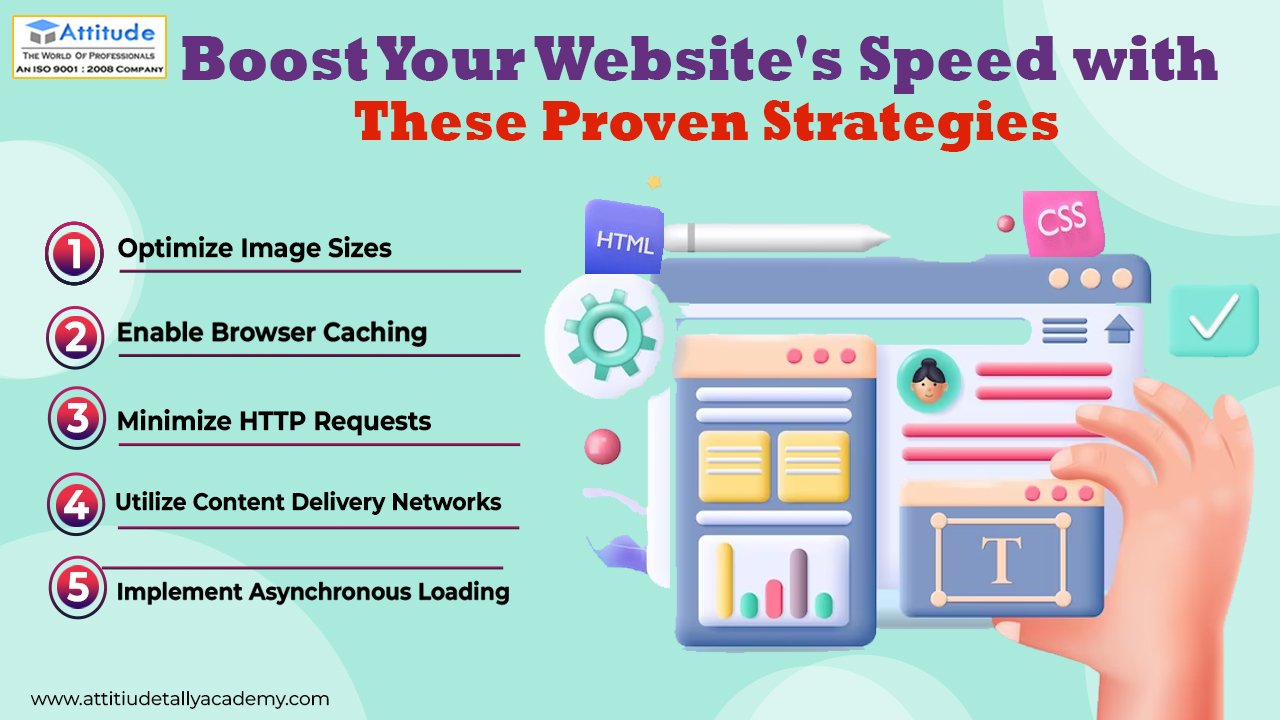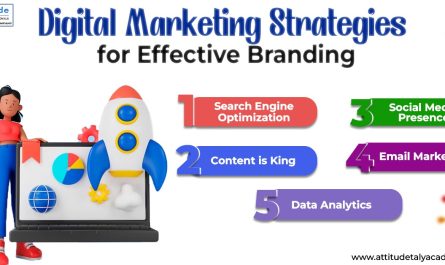Introduction
In the fast-paced world of the internet, speed is not just a luxury; it’s a necessity. Your website’s speed can make or break your online presence, affecting everything from user experience to search engine rankings. Slow-loading websites frustrate visitors and drive them away, resulting in lost engagement and potential customers. But fear not, because with the right strategies, you can supercharge your website’s speed and keep your audience coming back for more. In this blog, we’ll explore some proven Website optimization techniques and enhance its performance.
Optimize Image Sizes:
Images are often the largest files on a website, and if they’re not optimized, they can significantly slow down loading times. By reducing the file size of images without compromising quality, you can dramatically improve your website’s speed. Use compression tools or plugins to optimize images before uploading them to your site. Additionally, consider using modern image formats like WebP, which offer superior compression and faster loading times.
Enable Browser Caching:
Browser caching allows web browsers to store certain elements of your website, such as images, CSS files, and JavaScript, locally on a user’s device. This means that when a visitor returns to your site, their browser can retrieve these files from the cache rather than downloading them again, resulting in faster load times. Enable browser caching through your website’s server or with plugins for popular CMS platforms like WordPress.
Minimize HTTP Requests:
Every time a visitor accesses your website, their browser sends requests to the server for various files, such as HTML, CSS, JavaScript, and images. The more HTTP requests required to load your site, the longer it will take to load. Reduce the number of HTTP requests by combining and minifying CSS and JavaScript files, using CSS sprites for images, and optimizing code to eliminate unnecessary elements.
Utilize Content Delivery Networks (CDNs):
A Content Delivery Network (CDN) distributes your website’s content across multiple servers located in different geographic locations. When a user accesses your site, the CDN serves content from the nearest server, reducing latency and speeding up load times. CDNs also help offload bandwidth from your origin server, ensuring consistent performance even during peak traffic periods. Choose a reputable CDN provider and configure it to deliver static content, such as images, CSS, and JavaScript.
Implement Asynchronous Loading:
Asynchronous loading allows certain elements of your web page, such as scripts and third-party content, to load independently of the main page content. This prevents these elements from blocking the rendering of the page, resulting in faster load times and a smoother user experience. Use async and defer attributes in script tags to specify which scripts can load asynchronously, and consider lazy loading images and videos to further improve performance.
Conclusion
By implementing these website optimization techniques and utilizing speed optimization tools, you can enhance your website’s speed, improve user experience, and boost engagement. Remember, a faster website not only delights visitors but also earns favor with search engines, leading to higher rankings and increased visibility. So don’t let sluggish loading times hold your website back. Take action today and watch your online presence soar to new heights!
If you need assistance implementing these strategies or optimizing your website for speed, our team of experts is here to help. Contact us today to learn more about our web development services and how we can help turbocharge your online presence.
Suggested Link: – Oracle Database Administration MY SQL Training




